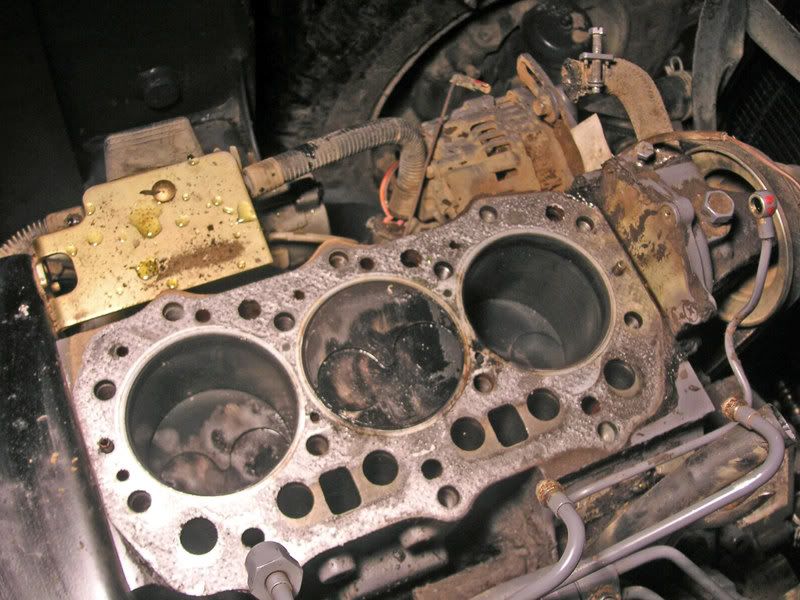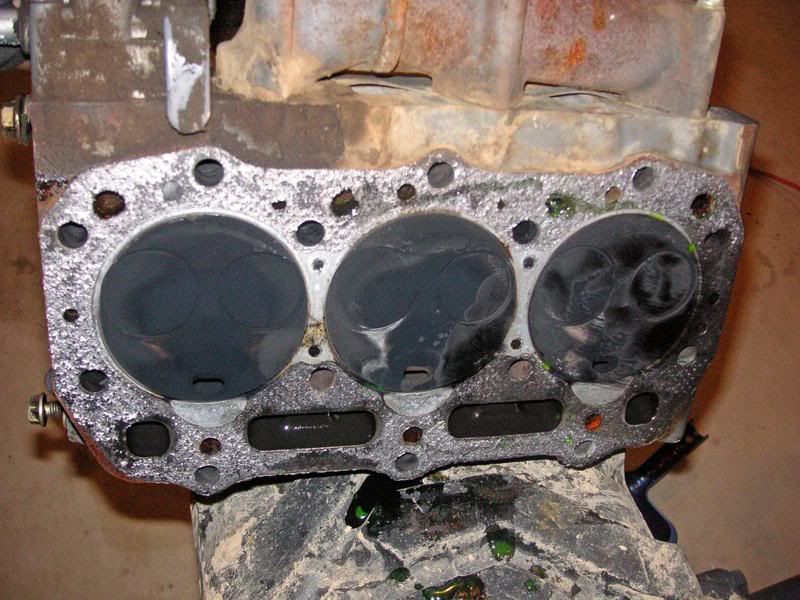638 said:I don't like to use wd40 in the cylinders because of the wax residue that it leaves on the surface. Makes it hard to fit up the rings.
ron
Actually, I like it for dispersing water. I've also used it for years in cylinders with good results. I wet the cylinder down and then lightly wipe it out, leaving a thin film. I also put just a dab of it on the skirts of the cylinders. I've gotten away from the old tried and true method of oiling everything. I had problems with a couple sets of Total Seal rings when putting too much oil on them, and have had better luck since switching over to the WD40. It may also make a difference that I generally use a pretty fine hone, depending on the application. Not sure.
I just havn't had the wax residue problem you're referring to. Different strokes for different folks.

